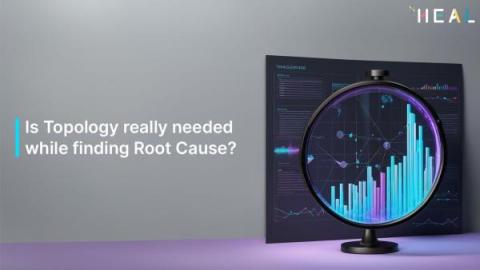Is Topology really needed while finding Root Cause?
There are many instances in our lives where we are stuck in issues and try to understand what caused them. Our initial thoughts are to identify the reason and the cause. We aim to trace the issue back to the origin and try to address them from where it all started. Just like, when we get common cold, we try to figure out where we contracted it. Was it the late-night smoothie or exposure to someone with COVID symptoms? We never know until we figure out.







